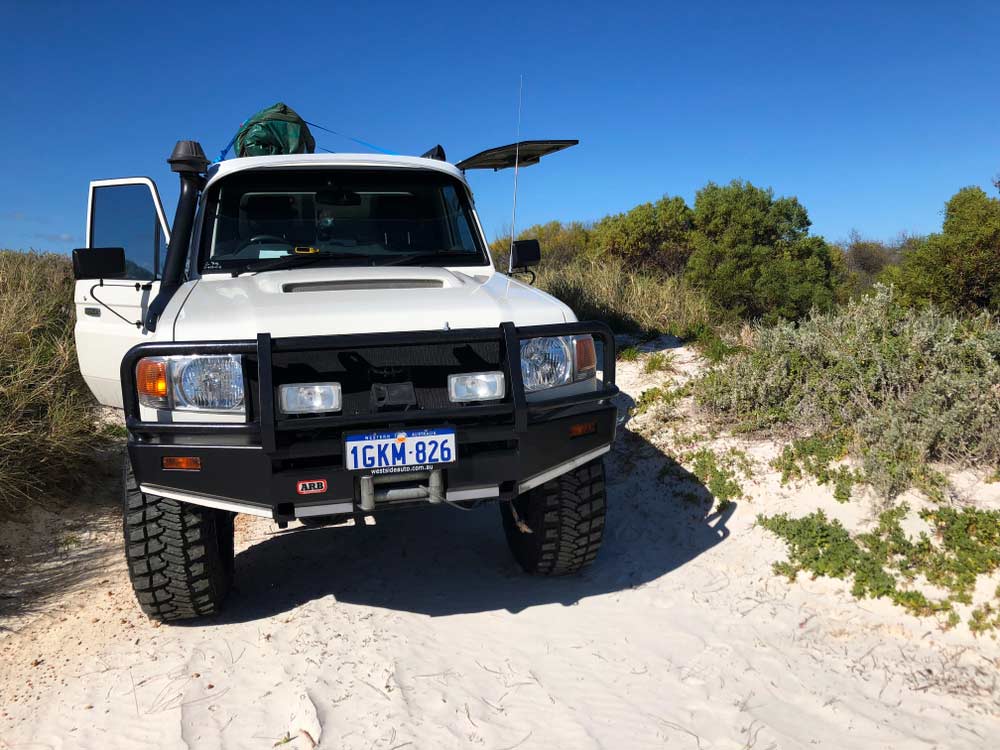If you’re a 4×4 driver, GVM is something you need to think about. GVM, or gross vehicle mass, has both legal and safety implications for your vehicle but is often overlooked when setting up 4x4s for touring. However, the consequences of ignoring this factor can be serious. In this blog, we’ve put together everything you need to know about GVM.
Table of contents

What is GVM?
GVM refers to the total amount of weight that your 4×4 is able to safely handle. Things become complicated because the GVM is affected by virtually everything, ranging from the number of passengers in the vehicle through to how full your fuel tank is, and even the size of your tyres. The difference between the vehicle’s GVM and its weight when it’s not laden with passengers and equipment is known as the payload. Going over the payload with additional passengers or equipment can cause you to exceed your GVM very easily. This is both illegal and unsafe.
In the past, a 4×4 might have offered more flexibility than a standard passenger car in terms of GVM. However, with 4x4s increasingly becoming heavier, longer, and wider, the amount of weight they can manage is reducing. This means that drivers are finding it easier to unwittingly exceed the GVM. Factors that lead to this include more comfortable seating with more padding, more electronics on board, and larger gearboxes.
Going over your GVM
Going over your GVM isn’t hard to do, especially if you’ve loaded your 4×4 up for an extended trip. By the time you’ve added a trailer and a roof rack, got all your passengers on board, and packed up your belongings, you can very easily exceed the vehicle’s GVM without even noticing. Any additional passengers or luggage will push you over the limit even further.
Realistically, it’s unlikely that you’re going to be arrested for being over your vehicle’s GVM. However, that’s not the only issue at stake. Exceeding your GVM is a safety issue and could also pose a problem with your insurance. Should the worst happen and you end up in an accident, your insurance provider might not cover you if you’re over your GVM. This means you might be left with some costly expenses to deal with.
GVM upgrades
Fortunately, there are options to help you avoid these issues. GVM upgrades are available to make sure you can carry the weight that you really need. Calculate the weights that you’re going to be carrying before arranging your upgrade. Often a suspension upgrade with springs that are suitable for the weights you intend to carry with is enough, but for even heavier volumes, additional measures like reinforcement plates might be needed.
If you need a heavy-duty upgrade, it might also be worth considering upgrading to a different vehicle altogether. Instead of undergoing extensive GVM upgrades, an alternative 4×4 with a higher GVM might be a more affordable and less time-consuming option.
Arrange your GVM upgrade now with Southlakes 4×4 – get in touch today.

Recent Comments